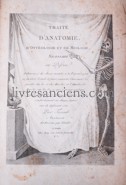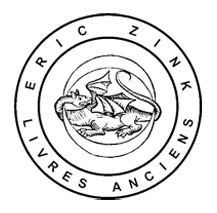

All our Medicine and Pharmacy rarebooks
Do you know the quote from Georges Canguilhem "Medicine is an art at the crossroads of several Sciences"?
This is the history taught by our rare books on medicine, surgery and pharmacy: first empirical then experimental, the art of healing has been nourished by scientific progress over the centuries.
Discover how the sick were cared for under the elder ages.
2000 €
3500 €
800 €
18000 €
750 €
1000 €
8000 €
1300 €
2500 €
7000 €
1500 €
600 €
Sold
2000 €
Sold
900 €
150 €
400 €
400 €
200 €
1000 €
600 €
Sold
1300 €
200 €
1200 €
60 €
200 €
200 €
120 €
European VAT number: FR87515091171
© Eric Zink, Antiquarian Bookseller










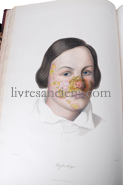


![Photo FIENUS, Thomas [FEYENS].](https://images.livresanciens.com/livres/203669/images/P3.jpg
)
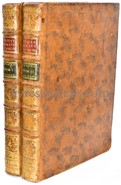
![Photo [GAUTIER-D'AGOTY, Jacques Fabien].](https://images.livresanciens.com/livres/204235/images/P1.jpg
)
![Photo [MANUSCRIT].](https://images.livresanciens.com/livres/203704/images/P7.jpg
)
![Photo [ASTRUC, Jean].](https://images.livresanciens.com/livres/203201/images/P5.jpg
)
![Photo [MANUSCRIT] MAHOT, Maurice.](https://images.livresanciens.com/livres/203878/images/P1.jpg
)





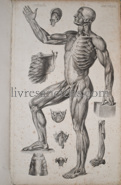


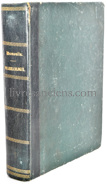
![Photo [MANUSCRIT].](https://images.livresanciens.com/livres/203703/images/P5.jpg
)
![Photo [ASTRUC, Jean].](https://images.livresanciens.com/livres/203474/images/P4.jpg
)
